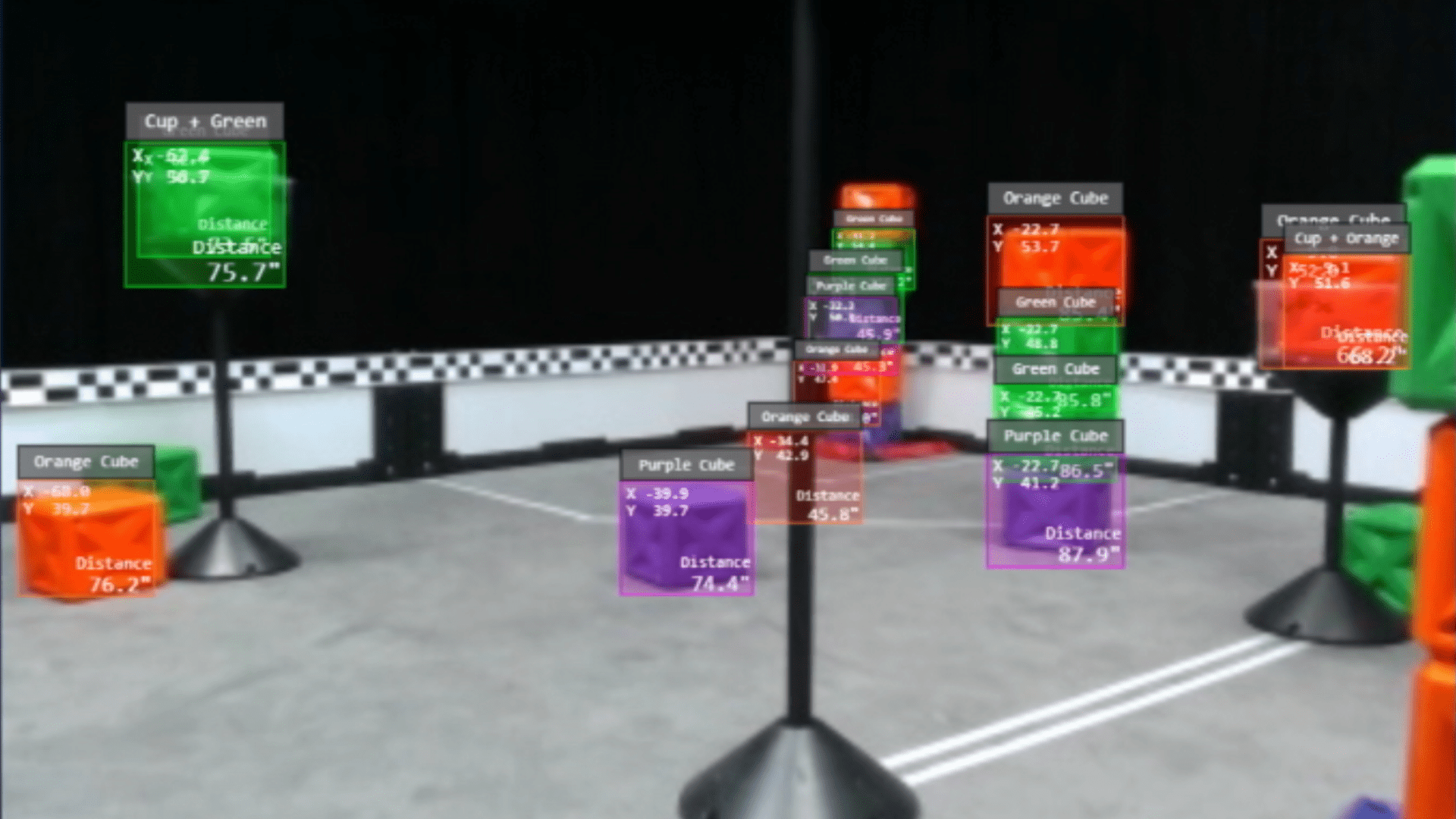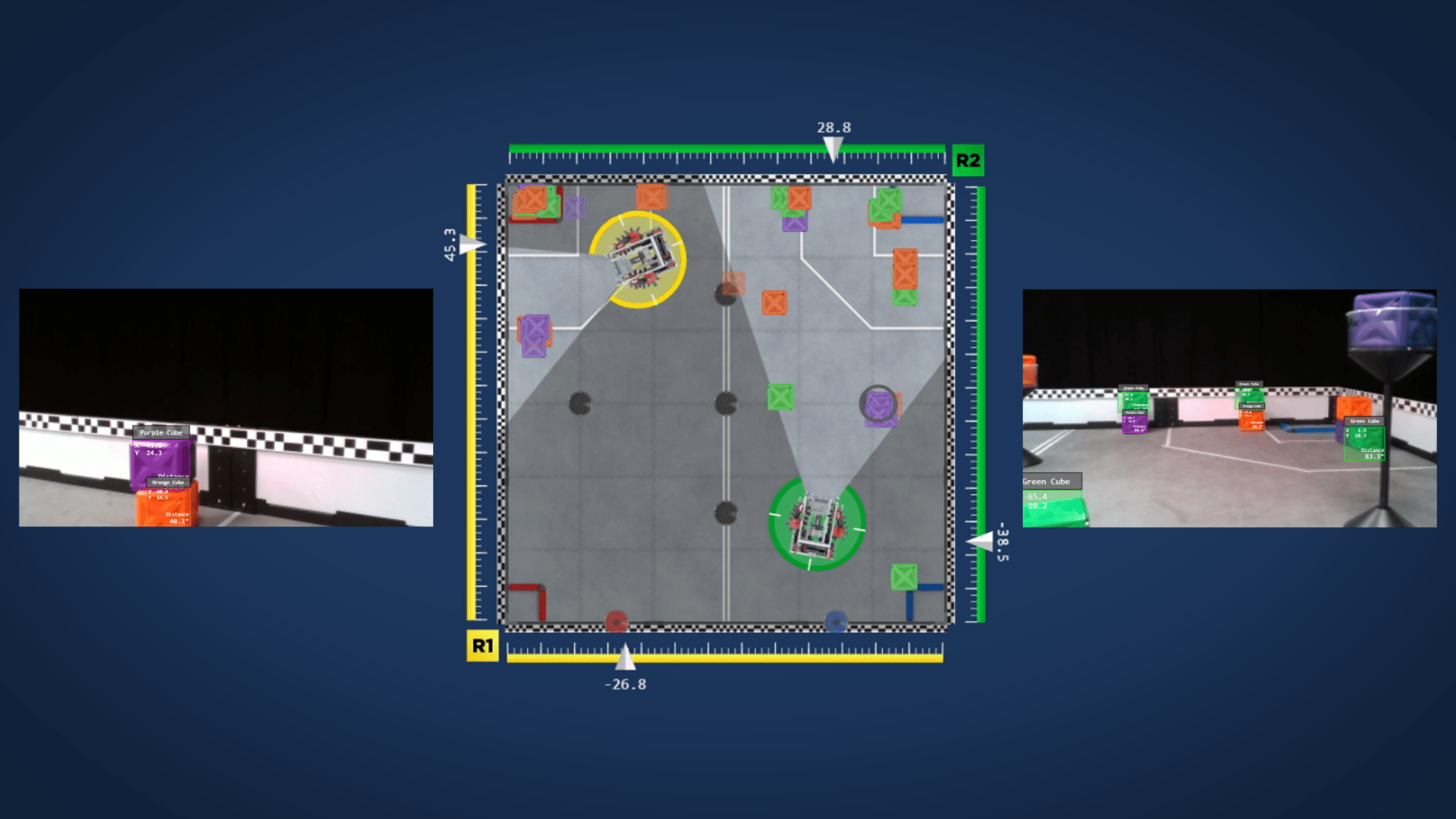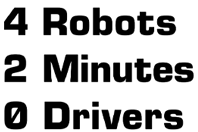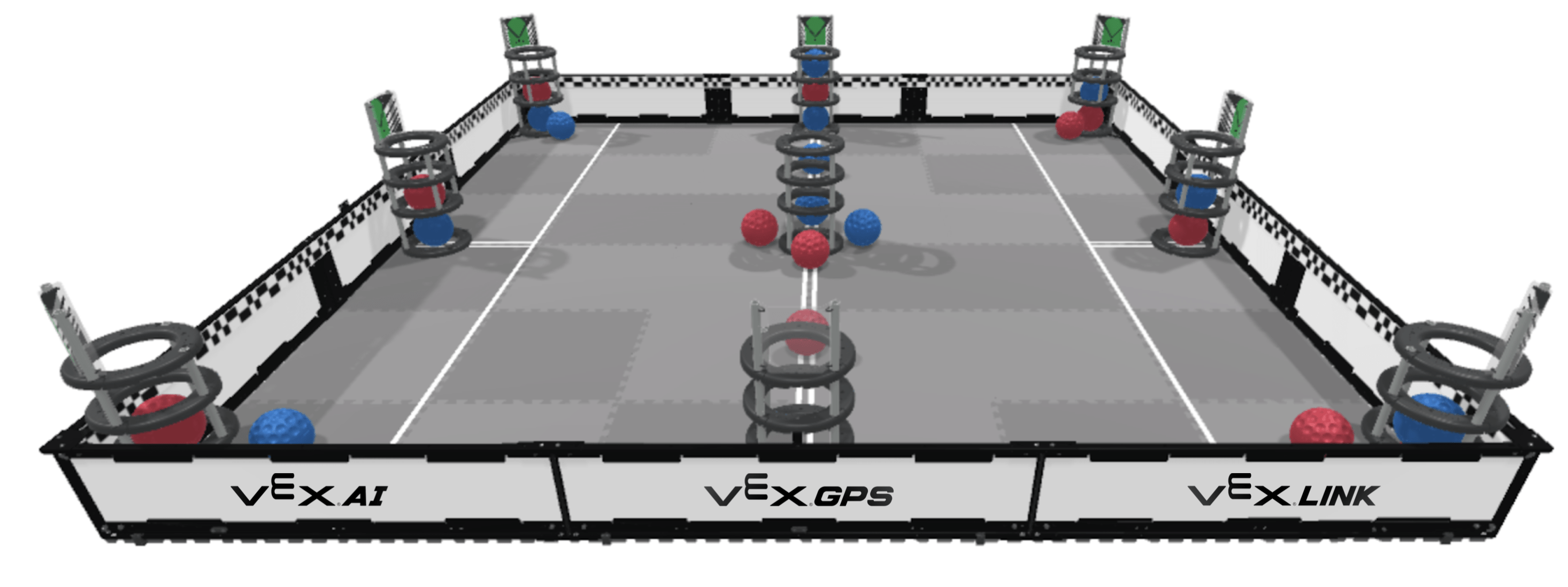$0.00
$0.00
The most advanced technology in competitive robotics today.
The Future of Educational Robotics
Discover how these new technologies work together to expand the possibilities of competitive robotics.
VEX GPS Sensor
Install the Game Positioning System (GPS) on your robot
Apply the VEX Field Code to the field interior
Track X, Y Position and Heading on the field


VEX AI Vision System
Explore Artificial Intelligence
Detect hundreds of objects simultaneously
Determine object type, location, and distance
Experience a LIVE view of augmented reality
VEX LINK Communications


Sensor Fusion Map
Locate robots, objects, and goal on the map
Share information from robot to robot
Watch it all in real time via WiFi
Overview
Sensor fusion involves collecting data from multiple sources and combining it in a way to get a better picture of the surroundings.
How the Sensor Fusion Map works
Sensor fusion is used to make a map of the field and the objects on that field. This combines the location of the robot and the relative position of the objects it sees, allowing each object to be accurately located on the field. Objects outside the robot's field of view are stored and time stamped because as time goes by, there is a chance that that specific object is no longer where it was last seen.
How it applies
The knowledge provided by Sensor Fusion is the critical first step to determining and executing autonomous robot operations. This wide array of information is also critical to coders who are trying to expand robot capabilities. All of this data is sent via WiFi to your device’s browser so you can watch it all remotely. The WiFI data can include an AI video feed with information overlays, the Sensor Fusion map, and any other information available to the V5 Brain.
VEX AI Competition
Presented by the REC Foundation


- Apr 27, 2020
- Comments: 0
Your email address cannot be published. Required fields are marked*



No comments